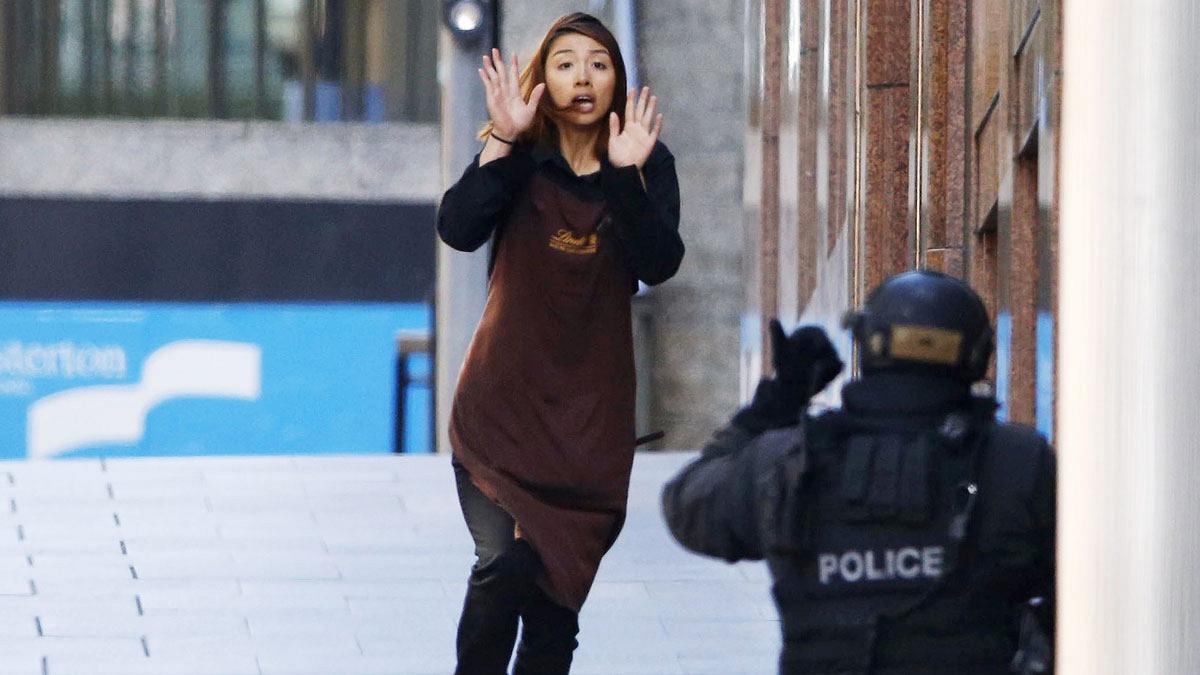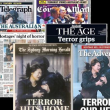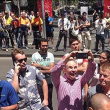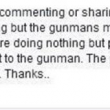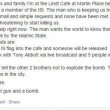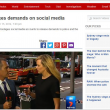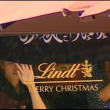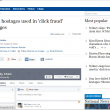By Nurman Lazim Â
You might have been following the 16-hour siege that took place in Lindt Chocolate Café Sydney, Australia recently.  This incident had seen many individuals and organisations reacting in social media. Without realising it, everything related to the incident we learned, in fact, came first from postings in the social media.
It is very interesting to see how human beings behaved in a crisis situation. The social media give people freedom to post anything they want. Incident like this would obviously see people curious to know what went on and what had really happened. People were eager to tell stories or to be first on scene to report the incident as readers would be delighted to know  and follow the latest development. So, there were a number of stories that went viral in the social media; some could be facts, a mixture of facts and emotions, others could be mere speculations. If you were to read in between the lines or to analyse the status posted further, there could also be attempts at deceiving the public opinion.
From the first hour of the siege, one posting went online, supposed to be related to the negotiation on the demands made by the captors, purportedly written by one of the hostages posted in her Facebook. Surprisingly, on your first reading, it might seem real enough for a negotiation, but after reading it for the second or third time, you would notice that the post was too unreal for a person in a panic state to write such structured sentences for a negotiation. The post look was too unreal that some individuals were just œLike it, until a family member of the hostages posted another status to remind that her aunty was in danger and readers are not supposed to just œLike the negotiation post.
At the same time, outside of the café, people were stopping by and standing to see what happened inside. Due to the uncontrolled social media people started to write stories of their own interpretations which cannot be confirmed of the authenticity. There were so many versions of the event, but none was accurate enough to describe the real situation. So at the end, readers or audiences were confused about which was the real reporting of the event. There’s the credibility issue here, which story to believe.
Not to forget that once we put something on the internet, the post can be shared to the whole world with just a simple single click of a button. With the button œpost you have already shared a might be false information to other readers in the country and other parts of the world which would make things harder for the readers to know the real truth. This is how we measure how fast and how uncontrollable social media is nowadays.
Other than that, œselfie is a very trending phenomenon up to until the people who were standing outside of the crime place started to take œselfies due to the siege being a “big event” for the day. Sadly some of the œselfies contained happy faces and smiles. How do you smile in a picture where a crime has taken place and your friends are in danger? People nowadays care more about their “Likes” in Instagram or Facebook rather than be concerned about the ones whose lives are in danger or are facing a matter of life and death.
Other than œselfies taken place outside the siege location, a picture of a woman held by the policeman went viral as people speculated that the woman was one of the hostages. The picture was taken by a photographer and was published in some newspapers. At the same time, people made a fan page of her on Facebook. The girl got her publicity just from a random picture snapped by a photographer and the picture was not even a real picture of the hostage held by the criminal.
Next is about Uber, a transportation service company. During the siege, the price for the service skyrocketed due to the demands. Uber’s charges of the service depend on the demand in the area, and Uber also has its own application which enabled it to display the price for the service. So after knowing that Ubers price has been doubled, customers started to take screenshots of the price increase shown in the application and posted it on Twitter.
This Uber pricing also went viral and at the same time had led the company to face a serious communication crisis when fares went up unbelievably four times the normal fare. Who in the company had authorised such a decision, that was the question? Within an hour later Uber had to release a statement which claimed they were not charging any fee for those who were getting out from the city due to the siege in an effort to regain public confidence. They later released a statement on Twitter and in blog to defuse public anger. That’s how fast they managed to counter their crisis during the siege, and this story went viral across the globe.
Not forgetting to mention that in the negotiation status post was included a demand for an IS flag. So, this led people to think that this crime was organised by Islam-related terrorists. A Muslim woman was so scared that people would judge her, she was crying on the train and tried to take out her hijab, but instead, a concerned “non-racist” woman accompanied her in the public transport and at the same time she made a hashtag on Twitter (#illridewithyou). This hashtag managed to help Muslim women in Sydney safely ride the public transportation because they were accompanied by other non-Muslim women (who probably want to avoid being labeled as racist in Australia). This was supposed to be taken as a good effort of showing concerns to other faith or believer. Following this episode there have been several reactions from across the globe.
The most shocking fact is, a very credible news company started to ask for the public to upload their stories, pictures or videos. This had appeared in the Net. Indeed, BBC News is a credible international news organisation source of which readers seldom dispute. Who would believe this? Why would they do that when they can send their own reporting team? How do they measure the credibility of citizen journalism when in the social media there were already a lot of versions and speculations coming out or related to the siege, credibility of which is questionable?
As we can see from the 16-hours siege, social media had reported on many issues related to the incident within the shortest hours which went viral. These were among the kind of public relations issues public relations practitioners have to deal with fast and efficiently.
The above was the analysis and findings by communication specialist Adelina Iskandar which she captured within 24 hours of the incident (15 December 2014) and was shared with public relations practitioners, academics and students at ChaLK6 held in IIUM on 16 December 2014. These are examples of real challenges faced by practitioners in a crisis situation which require immediate attention and action to address the issues fast as it concerned public opinion and perception.
Many speculations were made; there were in fact a mixture of facts and falsehood. Once an information is released in the social media, it can become viral in a matter of seconds which goes around the globe as the incident had shown. Imagine!
So, as social media users, what are the lessons learned? Â Obviously, we have to be careful and selective in posting our status, we have to differentiate whether it is factual, sensational, or perhaps pure fabrication. We should also be mindful that there could be attempts by interested parties at deceiving public opinion.
As we can see from the Sydney siege it is a battle of perception. It is also up to us as readers or audiences to judge the postings of the event and related issues intelligently or wisely rather than to jump to conclusion!***
Photos taken from EuroNews / Facebook / Twitter
